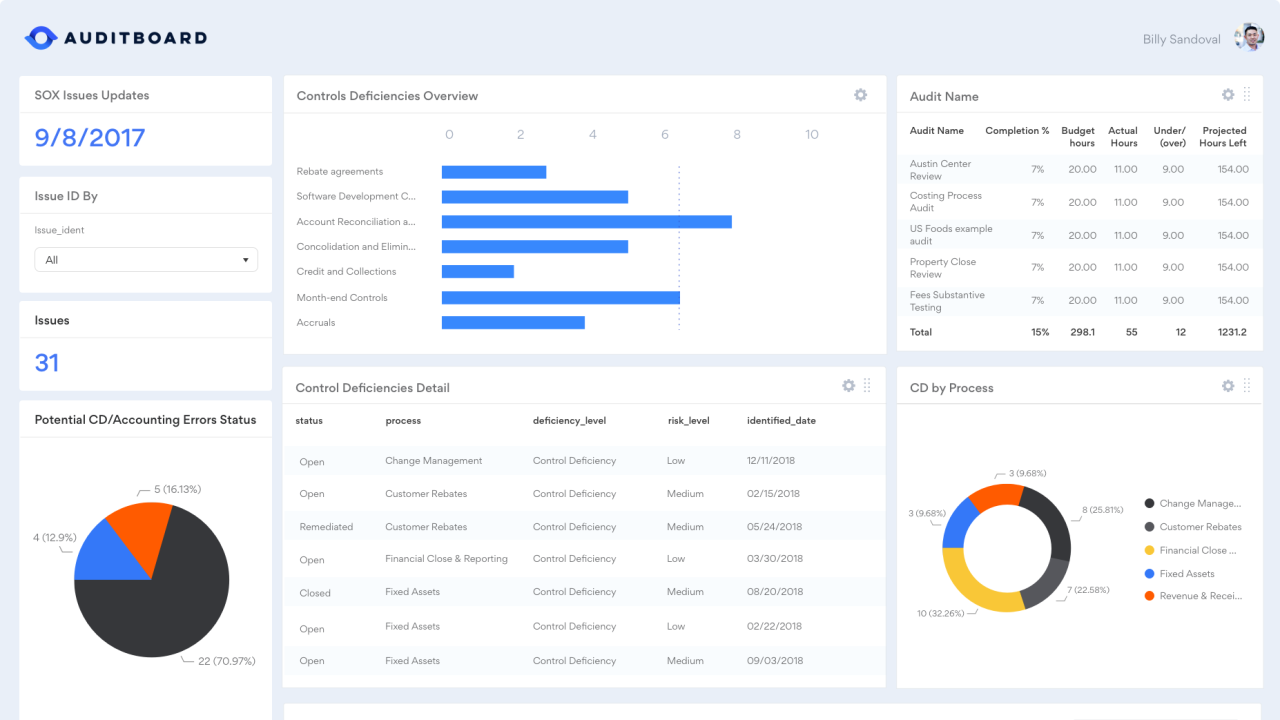It's true that the bipartisan congressional "super committ
ee" failed to agree on a 10-year federal deficit reduction plan. And yes, for all intents and purposes, automatic across-the-board spending cuts to the tune of $1.2 trillion are now scheduled to kick in by 2013.
However, there are existing regulations - the Foreign Accounting Tax and Compliance Act and cost-basis reporting regulation under the Emergency Economic Stabilization Act of 2008 - that provide opportunities for the Internal Revenue Service to collect additional domestic and global tax revenue as they go into effect.
The tax deficit today is calculated to be upward of $1.5 trillion. By enforcing this existing legislation, the IRS could potentially close the tax gap by an estimated $25 billion per year. Add the new requirement for Form PF (which requires every investment manager to complete a 44-page form either on a quarterly or annual basis, depending on asset size, for every fund) to these two tax regulations, and hedge funds have a real tax and compliance reporting headache on their hands.
We've outlined a few suggestions below for how the alternative investment industry can buckle up and prepare for these major tax and compliance regulations.
COST-BASIS REPORTING
The Emergency Economic Stabilization Act of 2008 made its presence felt in 2011, the first year of a three-year rollout schedule. Cost-basis reporting requirements for mutual fund trades and dividend re-investment plans next go into effect in 2012.
Zeroing in on the alternative investment space, the fact is that hedge funds own their books and records. Particularly in a multi-prime world, prime brokers producing 1099(b)s in response to the cost-basis legislation may in fact create a huge red audit flag with the IRS, and a huge pain-point for the fund. Why? There's little to no chance that the single-account, single-CUSIP limited scope of the legislation, and consequently of the 1099(b)s, will match up or reconcile with the fund's K-1s, which must reflect a comprehensive tax analysis treatment.
In sharp contrast, this situation presents fund administrators, who enjoy a full view of the fund's entire book, with an opportunity to be the agent for producing the full tax analysis service. Fund admins not only enjoy this unique position, but can even proactively alert the funds to identified mismatches in the reconciliation process. Similarly, the full-service fund admin who can also recognize and handle substantially identical securities will stand out with their depth of tax analysis on behalf of the fund.
Further, if a comprehensive approach that accounts for how different taxable events impact one another is employed, cost-basis reporting can deliver substantial bottom-line business benefits. There are many cases today in which an investor experiences a loss, but is still taxed on a gain because of a disjointed tax analysis on the hedge fund's tax books. A cost-basis reporting approach that focuses only on wash sales does not adequately address this issue. Wash-sale analysis can be directly impacted by other taxable events, including constructive sales and straddles. Similarly, constructive sales and straddles calculation results need to feed the analysis of qualified dividend income. This comprehensive approach can surface opportunities for passing savings back to the fund's investors, while at the same time thoroughly satisfying the taxable gain and loss reporting requirements of the IRS.
No doubt regulatory pressure and enforcement will continue as long as there is a huge tax gap to close. As a result, market participants will need to understand how to process all reportable taxable events.
FORM PF REQUIREMENTS
The regulators' goal with Form PF is to address systemic risk in the financial markets. Yet when considering implementation solutions, there has been much confusion - and procrastination - among investment managers as they attempt to sort out the information they will need to complete the form and where to find that data.
Form PF requires investment firms to complete a 44-page form for every fund and every manager that includes information such as turnover rates, aggregate portfolio exposures, leverage levels and investor concentration. The larger funds face a quarterly filing requirement. This all represents a substantial burden for the investment managers.
The form will request some simple information that is readily available, and other information that can effectively be derived. From there, the questions become more difficult as they shift focus onto a firm's ability to assess their investors' liquidity, and questions such as what happens to your book in the event that options volatility goes up by 5 percent. This type of information is much less readily available, to say the least.
Complying with Form PF is going to take committed focus from the investment manager. It will be an overwhelming amount of work to manually compile the bottom-up information needed on all accounts for Form PF. Investment managers need to truly understand their investor, fund and position data and educate their IT personnel starting now on the functionality needed for compliance. They'll need to consider where to pull the data from (e.g., portfolio accounting or partnership accounting system), where a supplemental spreadsheet might be used for gathering additional information, and what records need to be printed and submitted. They will need to understand the cross-functional impact of Form PF.
Finally, investment managers need to design an effective implementation plan that considers the following: workflow, the potential purchase of a software tool to help with that workflow, and most likely guidance from a subject-smart third-party consultant. On the latter, wait and it might be too late if those guides are otherwise engaged.
FATCA
The target of FATCA is to identify U.S. taxpayers with off-shore domiciles, with the objective of collecting additional tax revenue from those customer accounts. What's at stake? The offending accounts will have to provide 30 percent withholdings for tax purposes based on four basic criteria: cash payments, dividend and interest, U.S.-sourced income, and gross proceeds (not capital gains) and payments on specific swap withholdings. The challenge that firms face with this regulation is that they must have the ability to fully understand and document their customer data in order to identify U.S. and non-U.S. institutions often operating in a multi-tiered fund complex. This will force firms to start looking at levels of customer information that they have not previously examined. With the estimated IRS return on FATCA at $10 billion, firms can expect that this regulation is here to stay, so firms will need to prepare.
The right first step to dealing with and managing FATCA is to understand the gap between the customer data you have and the data you need - you really want to minimize the number of times you have to go back to a customer for more information. To come up with a suitable compliance action plan, it is also critical to understand who is tracking withholdings and payments, and more generally, the interaction between the fund and their fund administrator. Finally, firms will need to ensure that their information systems can handle the data required to perform the FATCA reporting.
TAX REFORM AND COMPLIANCE REPORTING
Cost-basis reporting, Form PF and FATCA all represent complex issues that require well-thought-out solutions. If not addressed appropriately, these regulations could impact investor and business relations, as well as taxable gains and losses. Given the hammer that these regulations wield, and the processing challenges they carry, investment managers and hedge funds in particular - because of their more complex trading instruments - must prioritize their action plans for each in order to be fully prepared.
The alternative is to pay a heavy price.
George Michaels is chief executive at G2 FinTech, a provider of regulatory and compliance software for the investment management community.





